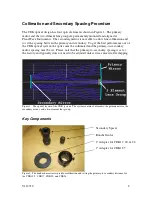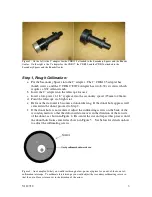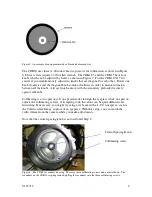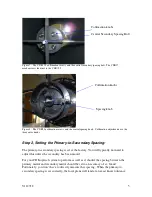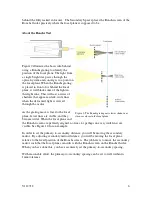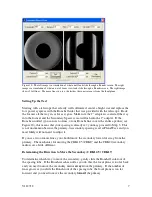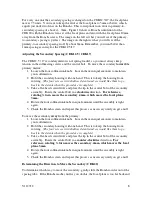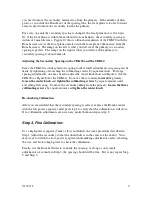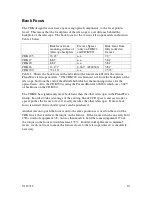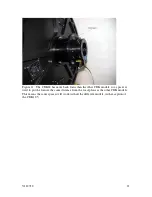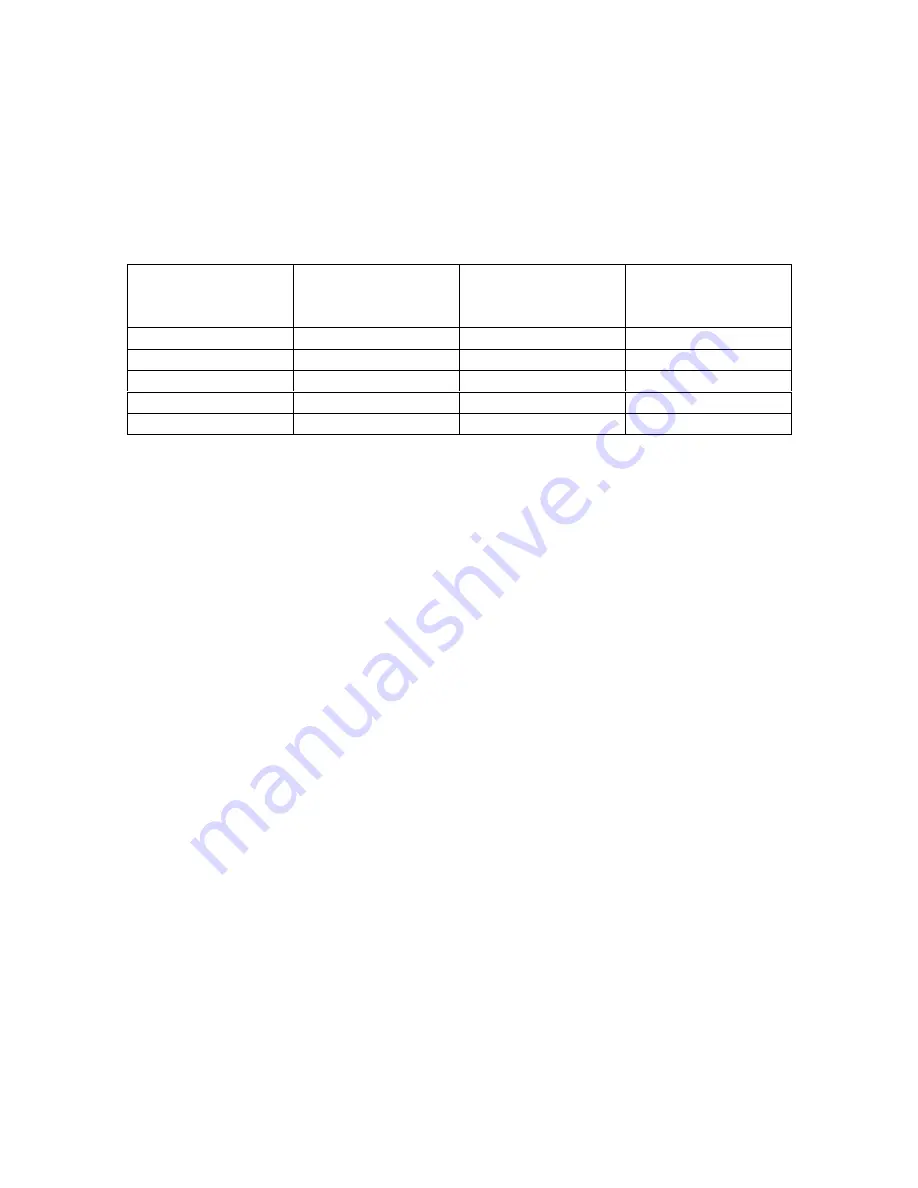
V112712
10
Back Focus
The CDK design does not have any moving optical components, so the focal point is
fixed. This means that the focal plane of the telescope is a set distance behind the
backplate of the telescope. The back focus for the various telescope models in shown in
Table 1 below.
Backfocus from
mounting surface of
telescope backplate
Focuser Spacer
(only on CDK24
and CDK700)
Back focus from
fully racked in
focuser
CDK12.5
10.45”
n.a.
7.2”
CDK17
8.81”
n.a.
5.81”
CDK20
8.81”
n.a.
5.81”
CDK24
13.177”
4.367” (#240343)
5.81”
CDK700
*11.16”
n.a
7.535”
Table 1: Shows the back focus with and without the focuser installed for the various
PlaneWave telescope models. *The CDK700 is referenced, not from the backplate of the
telescope, but from the end of the altitude hub which is the mounting surface for the
optical train. Also, the CDK700 is using the Focuser/Rotator 600180, which uses 3.625”
of backfocus on the CDK700.
The CDK24 has significantly more backfocus than the other telescopes in the PlaneWave
lineup. In order to take advantage of the existing line of CCD spacers and accessories, a
spacer pushes the focuser out so it exactly matches the other telescopes. If more back
focus is needed, then a shorter spacer can be purchased.
Another reason to push the focuser out to the same position as is used on the rest of the
CDK line is that it reduces the torque on the focuser. If the focuser which can easily hold
25lbs worth of equipment 5.8” out was then made to hold the same equipment 10” out,
the torque on the focuser would increase 172%. In order to keep flexure to minimal
levels, we do not want to move the focuser closer to the telescope unless it is absolutely
necessary.


